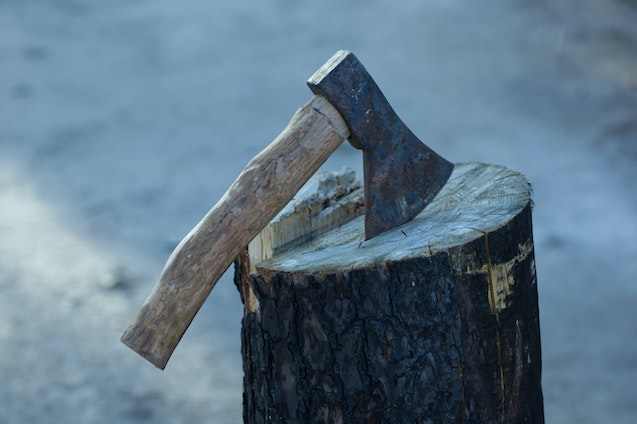The Evolution of Fabric Cutting Techniques
From Scissors to Machines: A Historical Overview
In the early days of textile crafting, the primary tool for cutting fabric was the humble pair of scissors. As technology advanced, so did the techniques for cutting fabric. The evolution of fabric cutters from manual shears to advanced machinery revolutionized the textile industry, making processes faster, more precise, and efficient.
Understanding Modern Fabric Cutters
Types of Fabric Cutters: An In-Depth Analysis
- Rotary Cutters: The Power of Precision Rotary fabric cutters are handheld tools equipped with circular blades. They offer unmatched precision, making them popular among quilters and sewers. Their ergonomic design reduces strain on the hands, allowing for smooth and accurate cuts.
- Die Cutters: Crafting with Creativity Die cutters are versatile machines that use sharp blades to cut fabric into specific shapes. They are widely used in crafting and fashion design, allowing for intricate and detailed cuts, perfect for appliqué work and embellishments.
- Laser Cutters: Where Technology Meets Fabric Laser fabric cutters utilize laser technology to cut through various fabrics with incredible precision. They are ideal for intricate designs, enabling customization and high-volume production in industries like apparel and upholstery.
Advantages of Using Fabric Cutters
- Precision and Consistency: Fabric cutters offer unparalleled precision, ensuring every piece is cut accurately and consistently. This consistency is essential, especially in large-scale production.
- Time Efficiency: Fabric cutters significantly reduce cutting time compared to manual methods. They can cut multiple layers of fabric simultaneously, streamlining the manufacturing process and increasing productivity.
- Reduced Waste: Precision cutting minimizes fabric waste, making fabric cutters an eco-friendly choice. Minimizing waste not only benefits the environment but also reduces production costs.
Choosing the Right Fabric Cutter for Your Needs
Factors to Consider When Selecting a Fabric Cutter
- Project Requirements: Consider the type of projects you undertake. For quilting and sewing enthusiasts, rotary cutters might be the best choice. If you’re into intricate designs, a die cutter or laser cutter could be more suitable.
- Budget: Fabric cutters come in various price ranges. Assess your budget and choose a cutter that offers the best features within your financial constraints. Remember, it’s an investment in your crafting or manufacturing endeavors.
- Ease of Use: User-friendliness is crucial, especially for beginners. Look for fabric cutters with intuitive designs and clear instructions. Consider features like safety mechanisms and ergonomic handles for a comfortable cutting experience.
Maintaining and Extending the Life of Your Fabric Cutter
Proper Care and Maintenance Tips
- Regular Cleaning: Fabric cutters, especially rotary cutters, can accumulate fabric lint and debris. Regularly clean the blades and replace them when they become dull to maintain efficiency and precision.
- Storage: Store your fabric cutter in a safe and dry place when not in use. Proper storage prevents damage and ensures the longevity of the cutter.
- Follow Manufacturer’s Instructions: Always follow the manufacturer’s guidelines for usage, cleaning, and maintenance. Adhering to these instructions will not only prolong the life of your cutter but also maintain its warranty validity.
